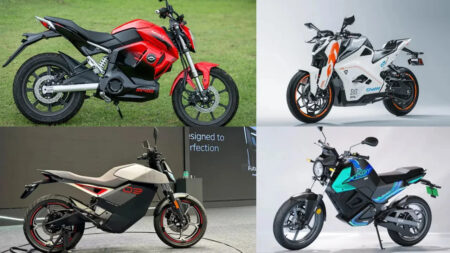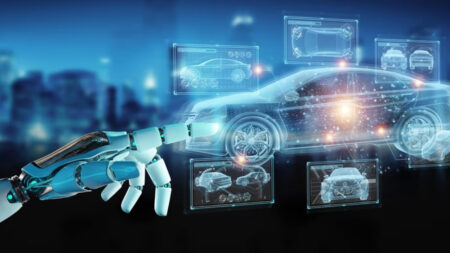How ADAS Technology is Changing Driving in India : Currently, cars can warn the driver of any potential crash, assist with lane keeping, and even automatically slow down in traffic. By 2025, under ADAS- Advance Driver Assistance Systems, all these features are expected to become very common in many cars in India, with even the low- or mid-range priced variants to have them. These, combined with wise changes in the paradigm of driving, are thereby making India fundamentally safe with smart traffic roads.
ADAS is thus a collection of intelligent technologies-friendly reign: Automatic Emergency Braking, Lane Keeping Assist, Blind Spot Detection, Adaptive Cruise Control, followed closely nowadays by Driver Alertness Monitoring. This entire suite of systems utilizes different sensors, cameras, or even a radar system, using all of them for around-the-clock monitoring of the environment and for the sake of enabling safer driving decisions. Some features were provided in luxury vehicles alone, but are being offered by Tata, Mahindra, Hyundai, and Honda in some of their under-20 lakh models as well.
Also Read : How ADAS is Revolutionizing Driving in India – Smarter, Safer Roads in 2025 and Beyond
There’s always something unexpected on the world’s renowned Indian roads-two-wheeled vehicles suddenly applying brakes, lane cutting, stray animals, unmarked bumps, the list goes on. Unexpected incidents can arise, wherein ADAS gives timely alerts for intervention or else intervenes automatically.
Mostly, it will intervene in most of the cases of accidents. For instance, if the car in front suddenly hits an object, forward collision warning alerts the driver, and automatic braking always kicks in if the driver fails to react timely. Lane assist provides mild ref intervention in maintaining lane discipline, more so on highways.
Long-distance driving thus becomes far less of a chore and city traffic less tiresome due to adaptive systems that assist with cruising and maintaining a safe distance from the vehicle ahead by automatically adjusting speed. Consider this scenario providing for bumper-to-bumper traffic or long-highway cruising. Driver drowsiness is also flagged by these systems when they observe signs of fatigue of the driver. This feature goes a long way toward preventing accidents due to drowsiness.
Also Read : Latest Bike Launches Under Rs 1.5 Lakh in 2025 – Best Picks for Budget Riders with Style and Performance
As ADAS are seen on compact SUVs or sedans, safety concerns have become prominent among Indian customers. In their best variants, Mahindra XUV700, Tata Harrier, Hyundai Verna, and Honda Elevate are the recipients of Level 2 ADAS Features. Even the forthcoming electric vehicles are set to roll out with a standard onboard ADAS.



